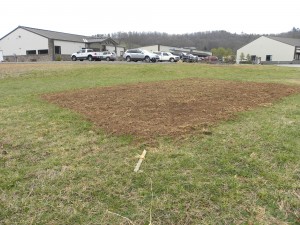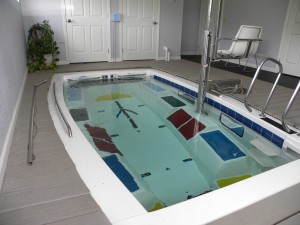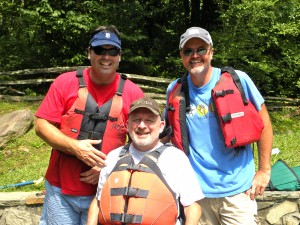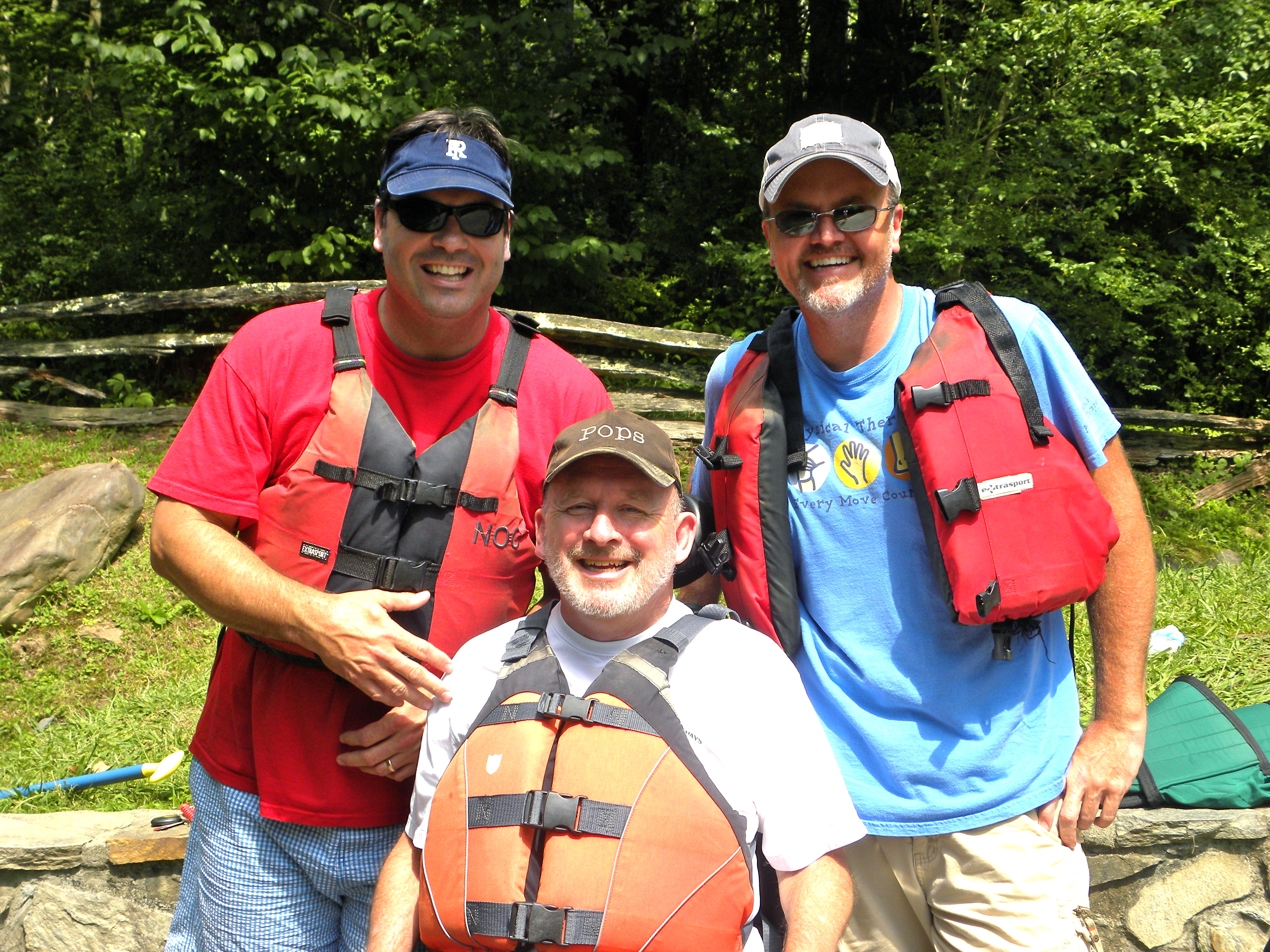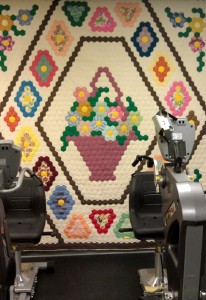There is often a lot of confusion among our patients over whether they should use ice or heat at home for self-treatment options. I hope this post can clear things up for your individual condition.
In general, remember this formula:
Heat = muscles.
Ice = injuries.
Heat is often used during treatment (and later at home) to take the edge off of muscle spasms and pain. Heat soothes the nervous system and your mind, so heat helps those with chronic pain. Ice, on the other hand, helps dull the pain of inflammation, acute pain and swelling that occurs from an injury.
The other day I worked on a patient who had a knee injury and, subsequently, surgery on that knee. We were trying to straighten her knee, so as she laid on her stomach prior to her exercise, I put heat on her upper hamstring to soothe and relax that muscle so she’d be more comfortable trying to stretch her leg. However, after she worked with me for an hour, I then iced her knee – putting an ice pack directly at the location of her surgery helped calm down the tissue inside that was inflamed and swollen.
Heat can make inflammation worse, and ice can make muscle tension and spasms worse, so they have the potential to do some mild harm when mixed up. Be sure to clarify with your therapist which treatment is right for you before, during and after your home exercise program. However, both are inexpensive, easy, natural and have minimal risks, so don’t be afraid to utilize these treatments when you’re uncomfortable.
Randy
Links that discuss this subject in depth (credit for some blog content above extended to these links):
The Cleveland Clinic (includes an infographic for specific problems)

